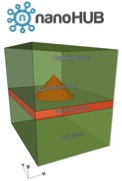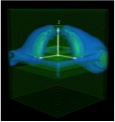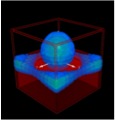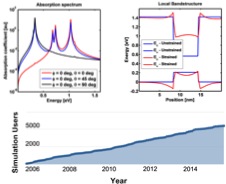Quantum Dot Lab on nanoHUB
|
Motivation:
|

|
|
Strain Calculation:
|

|
|
Confined states Calculation:
|

|
|
Output visualization and Usage:
|

|
Powerpoint slide as pdf.
